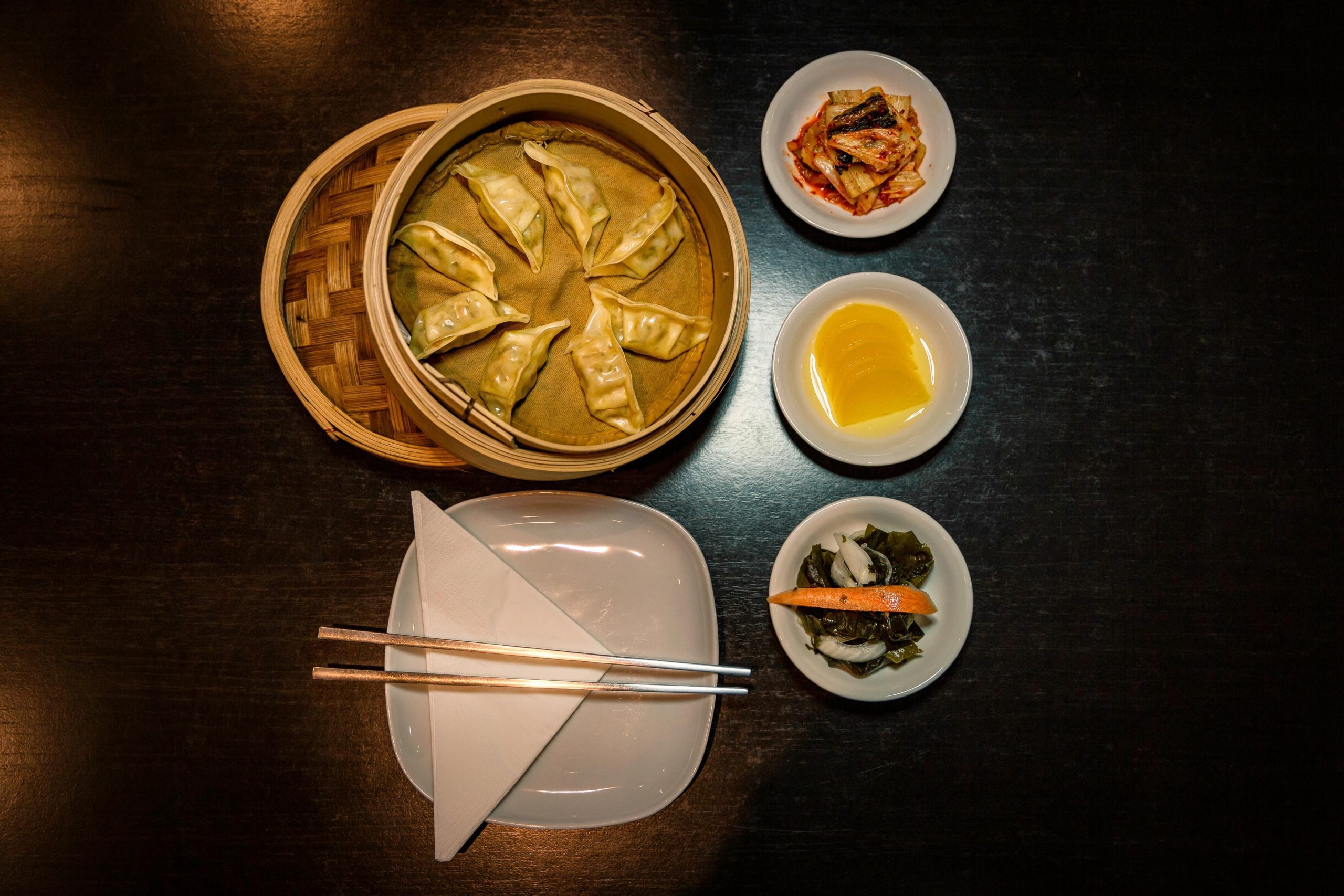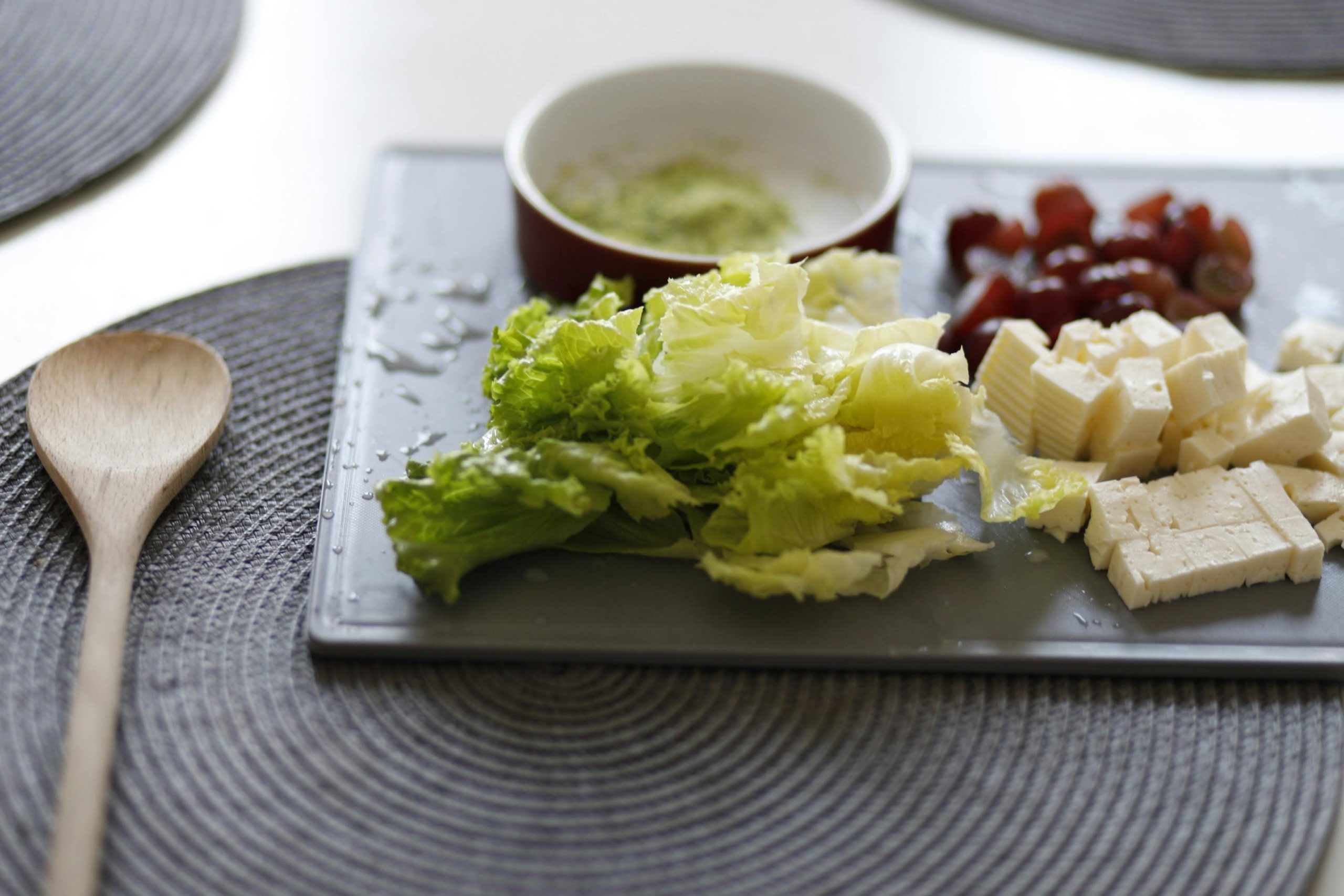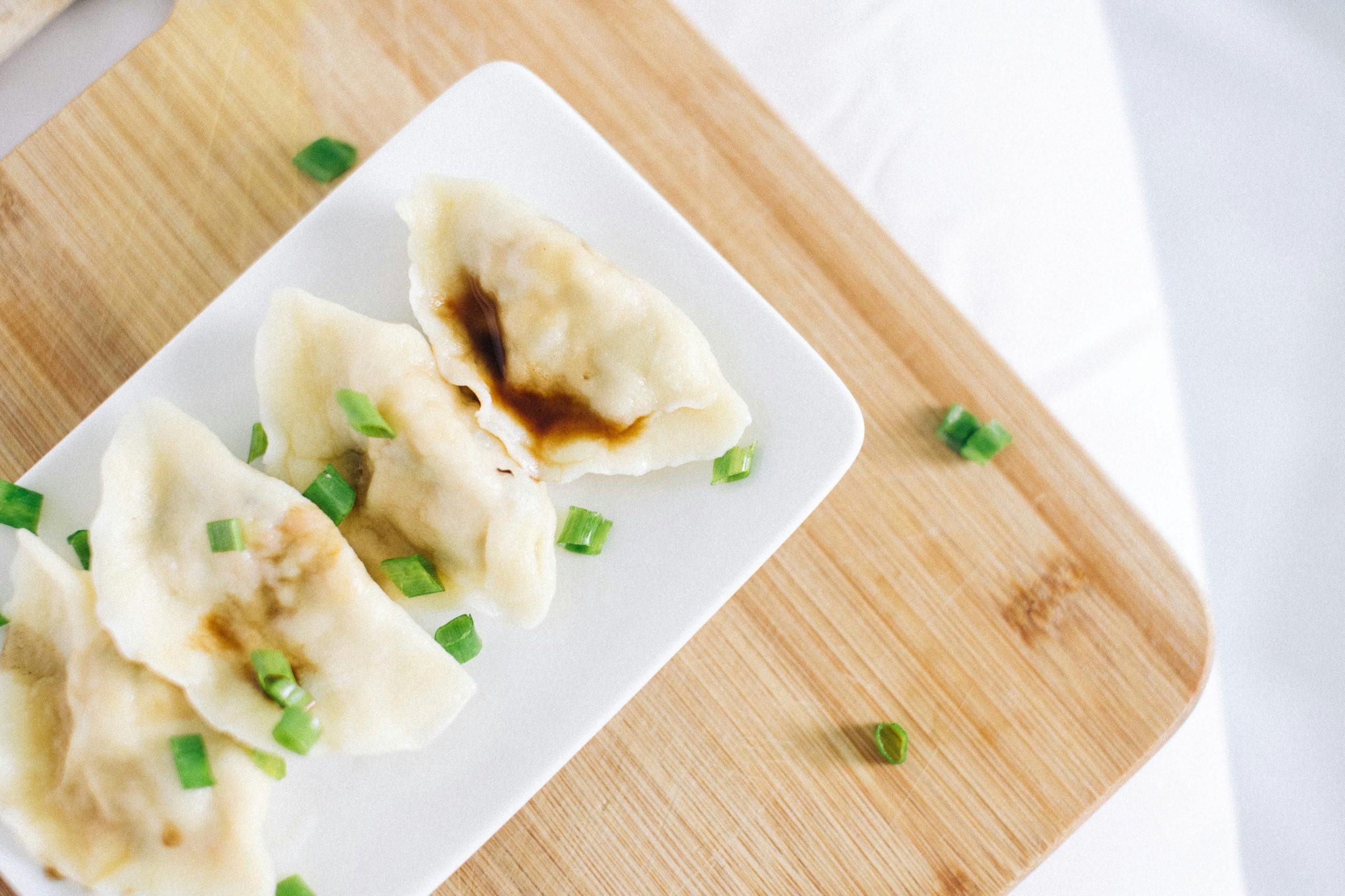Ever wondered what sets Thai and Chinese cuisine apart in the vast landscape of Asian culinary delights?
Navigating through the myriad of flavors and ingredients can be a tantalizing yet confusing gastronomic journey.
Thai cuisine is known for its spiciness and liberal use of herbs and fresh ingredients, while Chinese food often features a richer, oilier composition with a strong emphasis on soy sauce and soy paste.
This blog post will delve into the diverse and rich flavors of Thai and Chinese food, exploring popular dishes, the significance of seafood and spices in Thai cuisine, and where to find the best places to enjoy these dishes.
Exploring the Diverse Cuisines of Thai & Chinese Food

Thai and Chinese cuisines are renowned for their distinctive flavors and cultural significance. Thai food often features a balance of sweet, sour, salty, and spicy flavors, using fresh herbs and spices. Chinese cuisine, in contrast, showcases a variety of cooking techniques and ingredients, with flavors ranging from subtle to bold, depending on the region.
Both cuisines offer an array of dishes that reflect their rich cultural histories. From the street food stalls in Bangkok to the upscale restaurants in Beijing, these cuisines provide food lovers with endless dining options. Exploring these foods not only satisfies the palate but also offers a glimpse into the traditions and lifestyles of the people.
Popular Dishes in Thai & Chinese Cuisine

In Thai cuisine, dishes like Pad Thai, with its tangy tamarind flavor, and Green Curry, rich with coconut milk, are immensely popular. Thai food is known for its ability to blend different flavors creating dishes that offer a complex taste experience.
Chinese cuisine is equally diverse with favorites like Peking Duck, known for its crispy skin and succulent meat, and Dim Sum, a variety of small dishes meant for sharing. Each dish showcases the depth and diversity of Chinese culinary techniques.
Seafood in Thai Cuisine: A Staple Ingredient
Seafood plays a crucial role in Thai cuisine, with the country’s vast coastlines offering an abundant supply of fresh seafood. Dishes like Tom Yum Goong, a spicy shrimp soup, and Pla Pao, a grilled fish dish often stuffed with lemongrass and coated in salt, are staples in Thai seafood cuisine.
The Role of Spiciness in Thai Cuisine

Spiciness is a defining characteristic of Thai cuisine, enhancing and balancing the other fundamental flavors. Dishes can range from mildly spicy to very hot, often adjusted according to personal preference. Ingredients like Thai chilies and garlic add not just heat but also depth and intensity to the dishes.
Where to Enjoy Thai & Chinese Food: Establishments Overview
Thai and Chinese cuisines are not just about great flavors; they’re about experiences that vary widely depending on where you choose to dine. From the bustling street vendors offering quick, delicious bites to the serene ambiance of high-end restaurants presenting elaborate dishes, every setting offers a unique way to experience these rich culinary traditions.
Whether you’re grabbing a quick Pad Thai from a street stall or savoring a slowly roasted Peking Duck in a fancy dining room, the setting plays a crucial role in your culinary journey. These establishments range from casual, family-run eateries to sophisticated dining venues that offer a more refined taste of Thai and Chinese cultures.
Find Thai & Chinese Food Establishments Open Now
For those craving Thai and Chinese cuisine right now, many food establishments offer up-to-date operating hours and real-time availability. Websites and food delivery apps are excellent resources for finding local Thai and Chinese restaurants that are open, ensuring you can satisfy your cravings at almost any hour.
Best Neighborhoods for Thai & Chinese Food
Cities around the world have specific neighborhoods that are famed for their Thai and Chinese food offerings. In Bangkok, areas like Yaowarat (Chinatown) are must-visits for authentic street food, while cities like San Francisco have neighborhoods like Chinatown where one can enjoy both traditional and modern interpretations of Chinese cuisine.
Thai & Chinese Food Options Near Airports
For travelers, many airports now feature Thai and Chinese food options within their dining areas, providing a tasty and convenient way to enjoy these cuisines. From quick-service spots offering dim sum and noodle bowls to sit-down restaurants with full menus, airports are becoming a hub for culinary diversity.
Meal Types in Thai & Chinese Cuisine
Thai and Chinese cuisines offer a variety of meal types that cater to different dining preferences. From the quick bites found in street food to the elaborate full-course meals served in upscale restaurants, these cuisines provide a rich tapestry of dining experiences. Thai food is particularly noted for its vibrant street food culture, where dishes like Pad Thai and Som Tum showcase the flavors of Thailand in a quick and accessible format.
Chinese cuisine, on the other hand, is renowned for its dim sum, a style of meal consisting of small plates that are perfect for sharing. This meal type is often enjoyed in a more leisurely setting, allowing diners to enjoy a variety of dishes over tea. Both cuisines also offer full-course meals that are typically served during special occasions, featuring a sequence of dishes that highlight the culinary artistry of the chefs.
Dietary Accommodations in Thai & Chinese Cuisine
Thai and Chinese restaurants are increasingly accommodating various dietary restrictions to cater to a diverse clientele. Gluten-free, vegetarian, and vegan options are becoming more prevalent, with menus often highlighting dishes that meet these dietary needs. For example, many Thai dishes can be made vegetarian by substituting tofu for meat and avoiding fish sauce, while Chinese cuisine offers a variety of vegetable-based dishes that naturally comply with vegetarian standards.
Health Aspects: Thai vs. Chinese Food
When comparing the health aspects of Thai and Chinese food, Thai cuisine often comes out ahead due to its use of fresh herbs, spices, and lean meats. Thai dishes frequently incorporate grilling or steaming rather than frying, helping to preserve the nutritional content of the ingredients. Chinese food, while delicious, often relies more on frying and heavy sauces, which can increase the calorie content and reduce the overall nutritional value of the dishes.
Fresh Ingredients in Thai Cuisine
Fresh ingredients are a cornerstone of Thai cuisine, significantly influencing the flavors and health benefits of the dishes. Ingredients like lemongrass, galangal, and Thai basil are staples in Thai cooking, providing distinctive flavors that are both bold and refreshing. These ingredients are not only prized for their taste but also for their health-promoting properties, making Thai food a popular choice for those seeking a healthy yet flavorful dining experience.
Thai & Chinese Food: Perfect for Any Occasion
Thai and Chinese food are versatile and perfect for any occasion, whether it’s a casual family dinner or a romantic evening. Thai cuisine, with its array of shared dishes like Green Curry and Pad Thai, makes it easy for everyone to try a bit of everything, fostering a communal and interactive dining experience. Chinese food is just as adaptable, offering everything from Dim Sum, which is perfect for large groups to share, to Peking Duck, which can be a centerpiece for a special occasion. Both cuisines cater to a wide range of tastes and dietary preferences, making them ideal choices for diverse groups and settings.
Unique Features of Thai & Chinese Food Establishments
Thai and Chinese food establishments offer unique features that significantly enhance the dining experience. Thai restaurants often create an immersive atmosphere with traditional décor and music, making diners feel as though they’ve stepped into Thailand itself. The open kitchens allow guests to watch as chefs expertly chop, stir-fry, and steam their meals, adding an element of entertainment. On the other hand, Chinese restaurants focus on family-style dining with large, round tables and a lazy Susan to facilitate sharing dishes. This setup not only fosters a communal dining culture but also reflects the Chinese emphasis on family and community in meals.
Discover Thai & Chinese Cuisine with Indulge’s Culinary Tours
Exploring Thai and Chinese cuisine can be a thrilling adventure, and what better way to dive deep into these culinary worlds than with INDULGE‘s curated tours? These tours are specifically designed to introduce food lovers to the authentic tastes and traditions of Thai and Chinese food right in the heart of Zurich. Whether you’re a seasoned foodie or a curious traveler, these tours offer a unique opportunity to experience local and international flavors guided by expert chefs and sommeliers.
INDULGE‘s culinary tours not only provide a taste of exotic cuisines but also educate participants about the cultural significance of the dishes. Here are a few highlights:
- Expert-led Tours: Learn from local chefs and food experts who share insights into the ingredients and cooking techniques.
- Cultural Immersion: Experience the food in the context of its cultural background and historical significance.
- Exclusive Access: Enjoy special entries to some of Zurich’s hidden culinary gems that are not easily accessible to the general public. These experiences ensure that every participant leaves with a deeper appreciation and understanding of Thai and Chinese culinary arts.
Frequently Asked Questions
Are Thai and Chinese food similar?
Thai and Chinese food both offer rich and diverse flavors with deep cultural significance, but they are quite distinct in their ingredients, cooking styles, and flavor profiles. Thai cuisine is known for its balance of sweet, sour, salty, and spicy flavors using fresh herbs and spices. In contrast, Chinese cuisine showcases a variety of cooking techniques and ingredients, with flavors that can range from subtle to bold depending on the region.
What country is Thai food from?
Thai food is from Thailand. This is evident from the cuisine’s use of fresh herbs, spices, and the balance of flavors that are characteristic of the region.








